
Find Help
More Items From Ergsy search
-
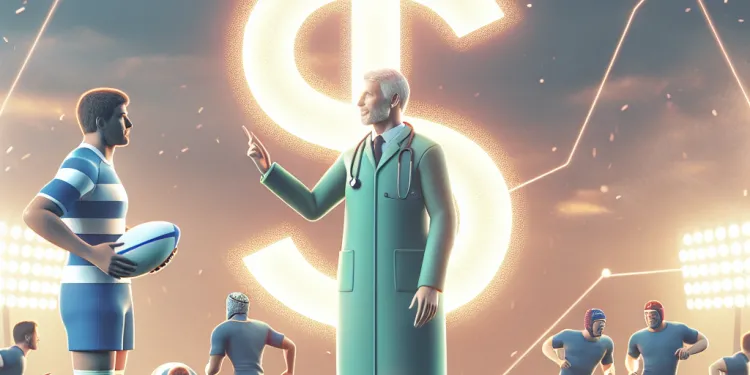
Is there a protocol for managing concussions in rugby?
Relevance: 100%
-
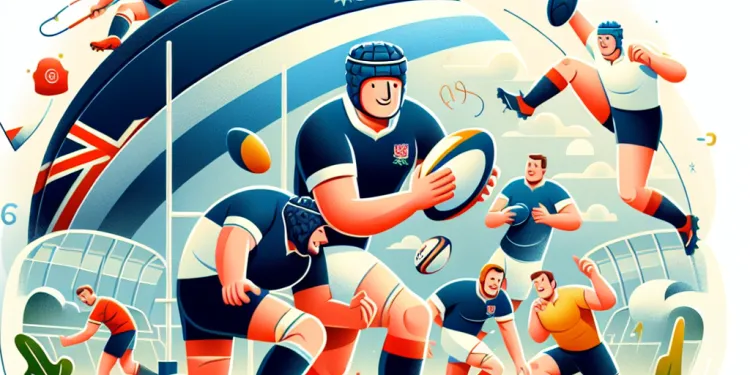
Are Concussions common in Rugby?
Relevance: 74%
-
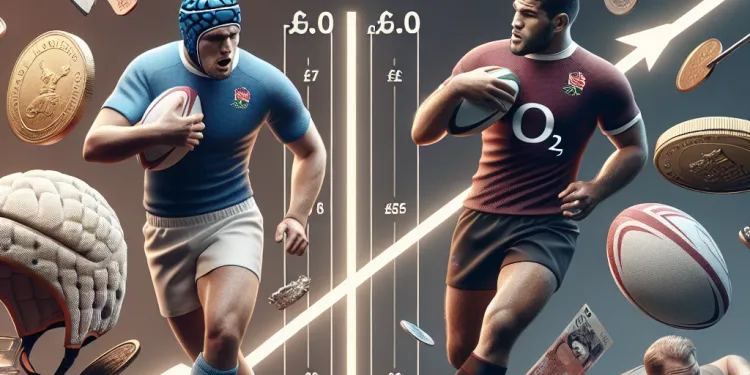
Is there a difference in concussion rates between amateur and professional rugby?
Relevance: 66%
-
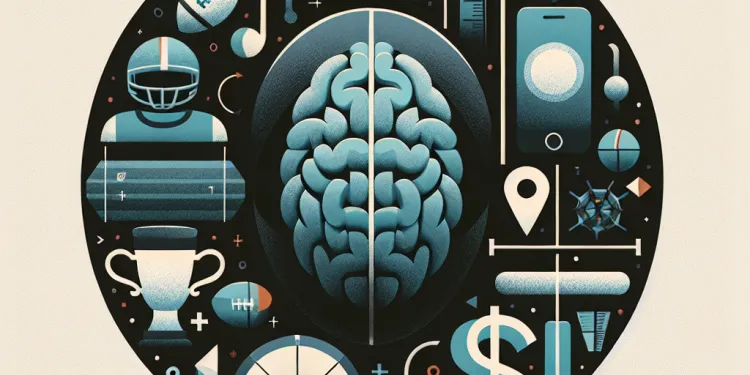
What causes concussions in rugby?
Relevance: 65%
-
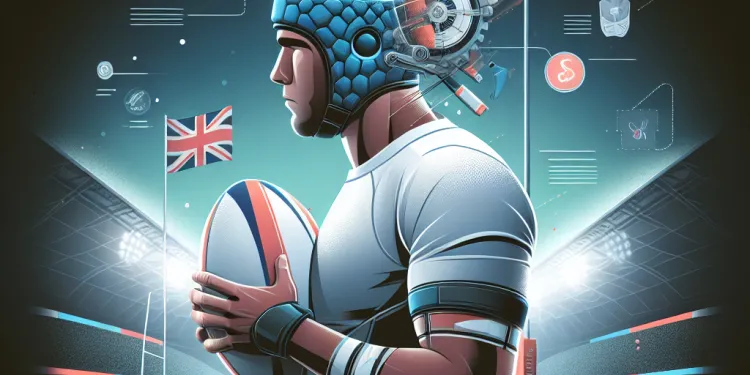
How can concussions be prevented in rugby?
Relevance: 64%
-

Are helmets required in rugby to prevent concussions?
Relevance: 64%
-
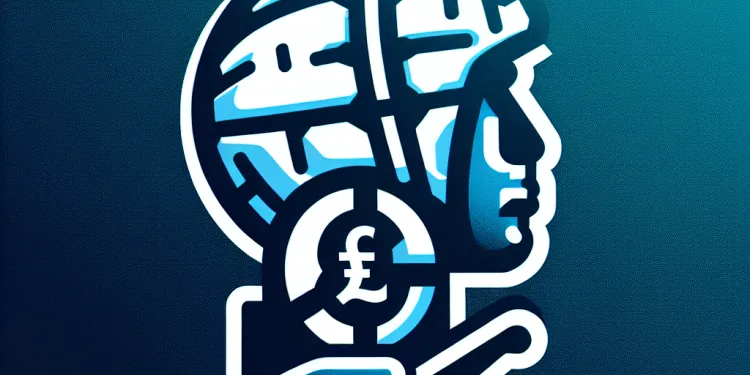
What support is available for rugby players who suffer concussions?
Relevance: 62%
-
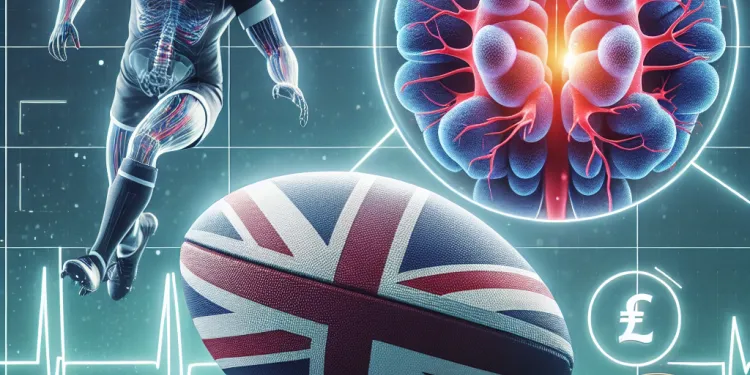
How do concussions impact long-term health in rugby players?
Relevance: 60%
-
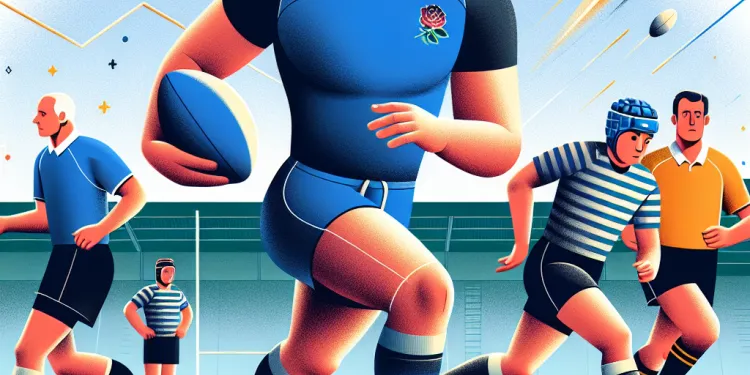
What age groups are most at risk for concussions in rugby?
Relevance: 56%
-
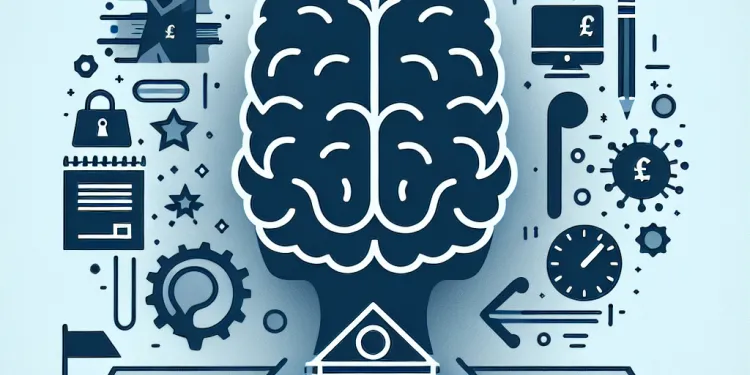
What role do schools play in managing concussions?
Relevance: 51%
-
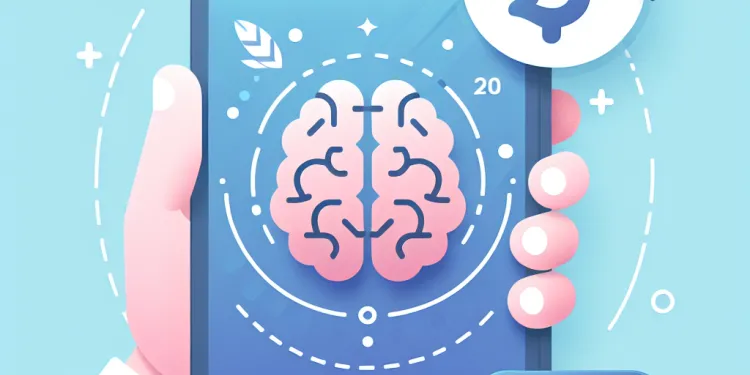
Is there any way to prevent concussions?
Relevance: 45%
-
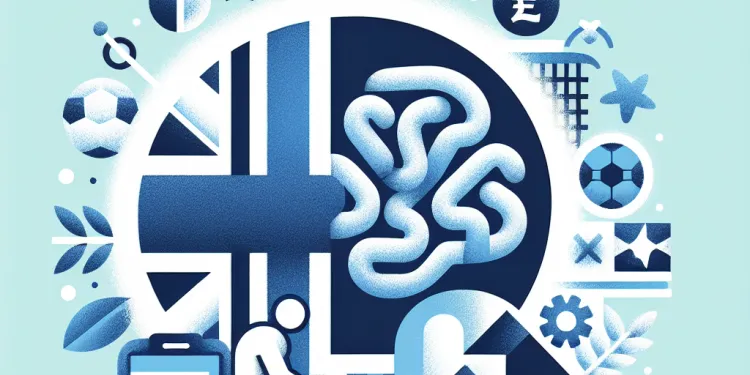
What is Concussion?
Relevance: 42%
-
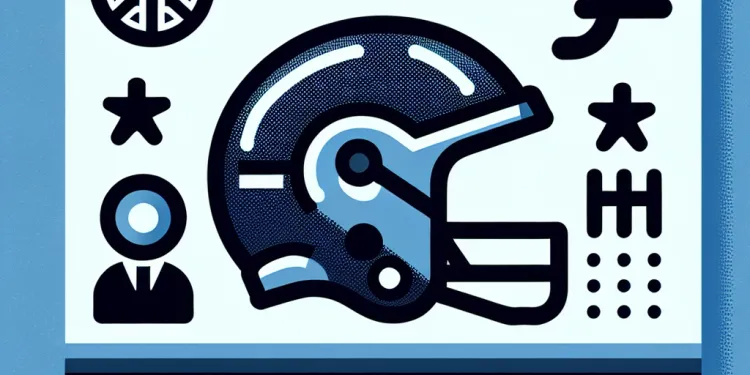
How can concussions be prevented?
Relevance: 40%
-
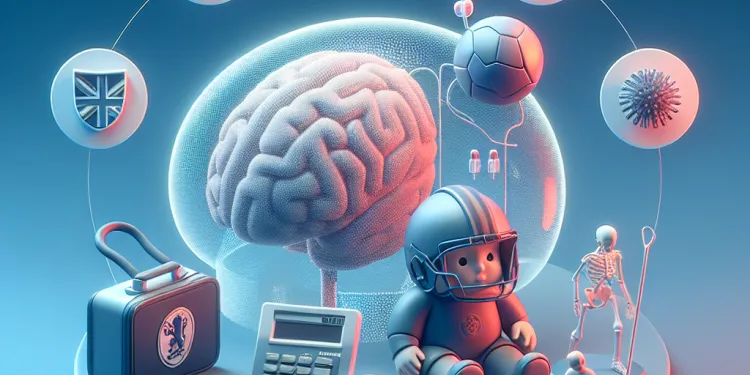
Are children more susceptible to concussions than adults?
Relevance: 39%
-
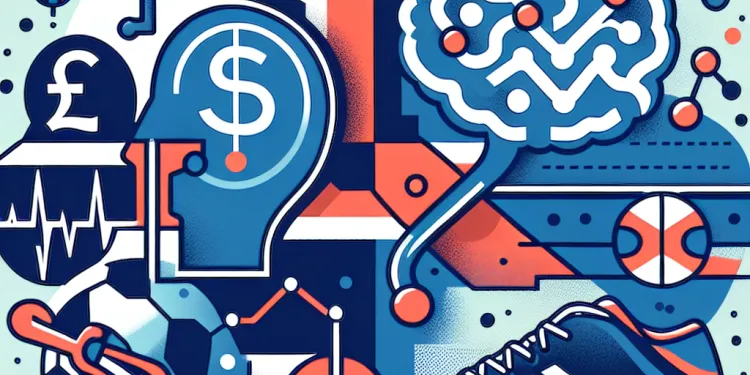
Can playing sports increase the risk of a concussion?
Relevance: 39%
-

How can concussions be prevented?
Relevance: 38%
-

Is training available for coaches to help prevent concussions?
Relevance: 38%
-
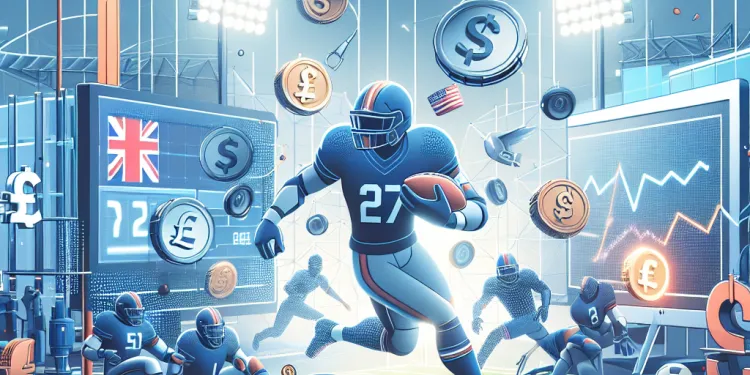
Can players return to play on the same day after a suspected concussion?
Relevance: 34%
-

How is a concussion diagnosed?
Relevance: 33%
-
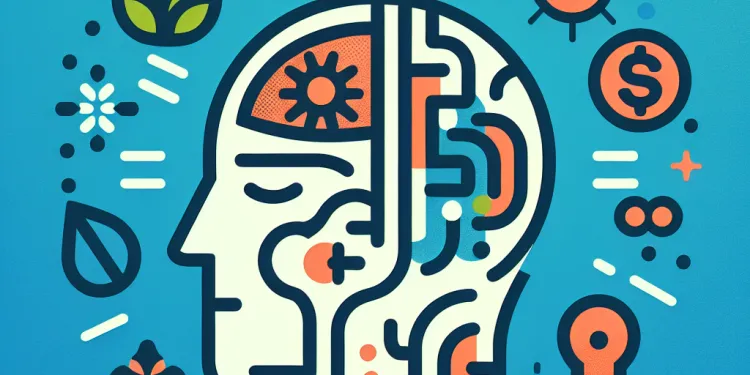
Is headache a symptom of a concussion?
Relevance: 30%
-
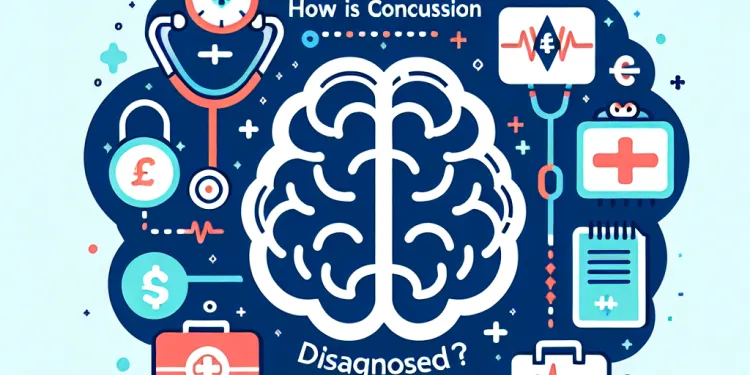
How is a concussion diagnosed?
Relevance: 30%
-
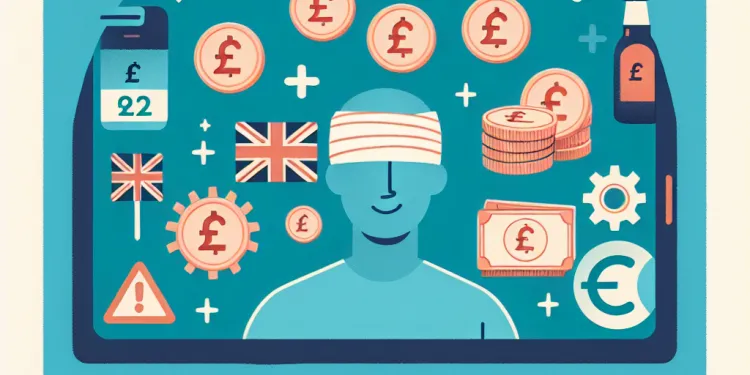
When is it safe to return to normal activities after a concussion?
Relevance: 30%
-

Are there protocols for handling hypothetical variants?
Relevance: 29%
-

Is it safe to sleep after a concussion?
Relevance: 28%
-
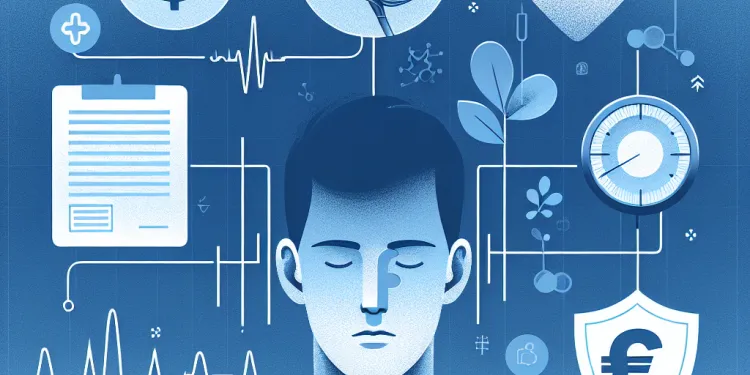
What are common symptoms of a concussion?
Relevance: 28%
-
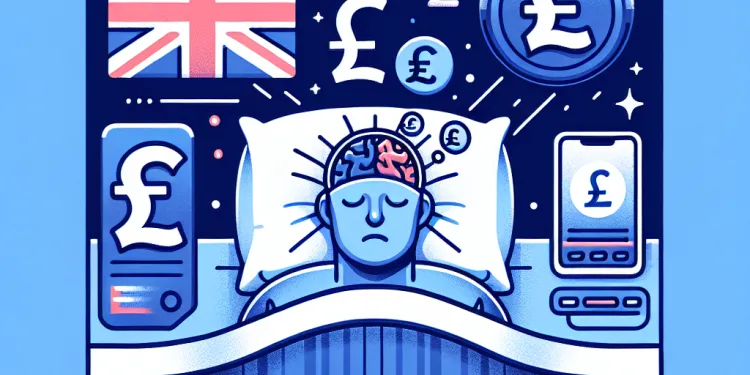
Is it safe to sleep after a concussion?
Relevance: 28%
-
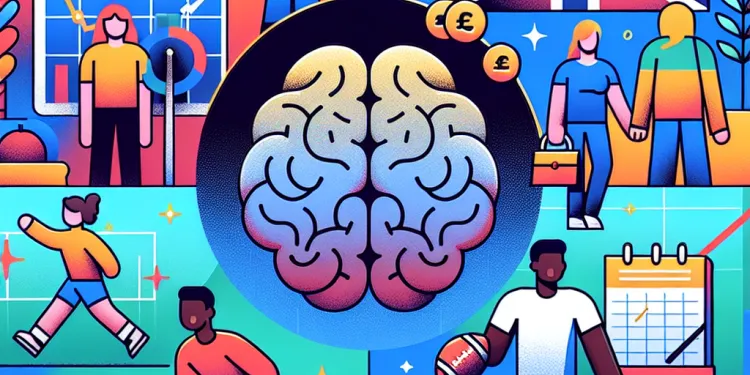
When is it safe to return to normal activities after a concussion?
Relevance: 28%
-
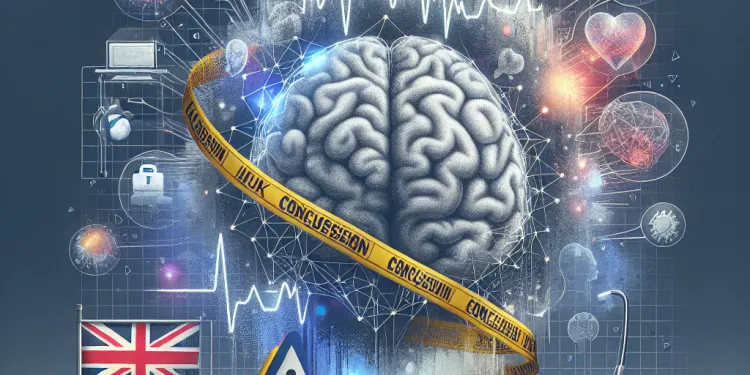
Can a concussion cause memory problems?
Relevance: 28%
-

Can concussions lead to mental health issues?
Relevance: 27%
-
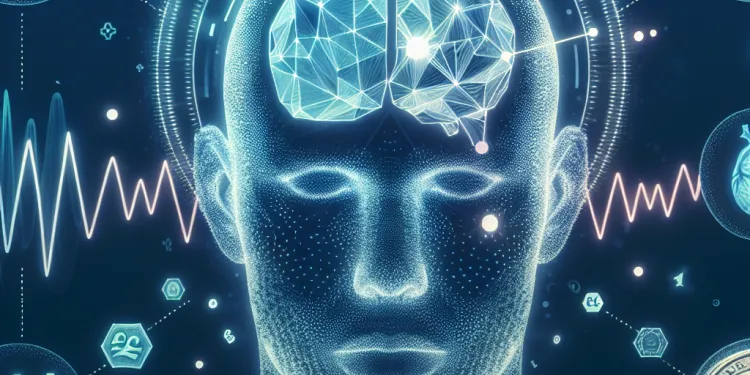
Can concussions occur without a direct blow to the head?
Relevance: 26%
-

Should people with a concussion avoid screens and technology?
Relevance: 26%
-
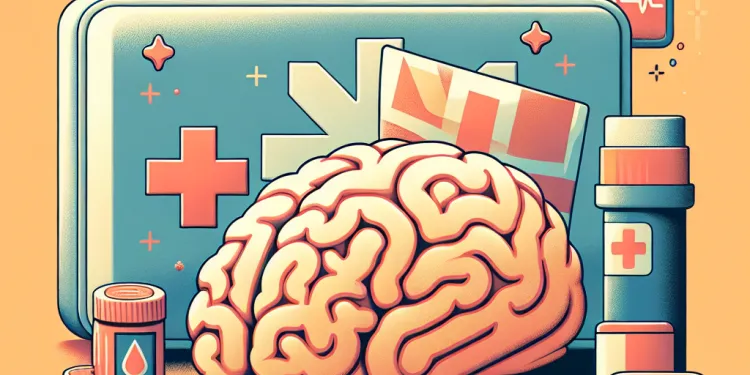
What immediate steps should be taken if someone has a concussion?
Relevance: 25%
-
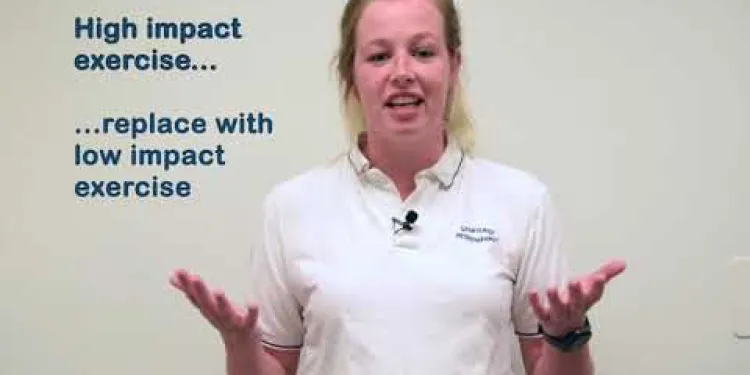
Prolapse Management
Relevance: 15%
-

How does a breached company manage the situation?
Relevance: 15%
-
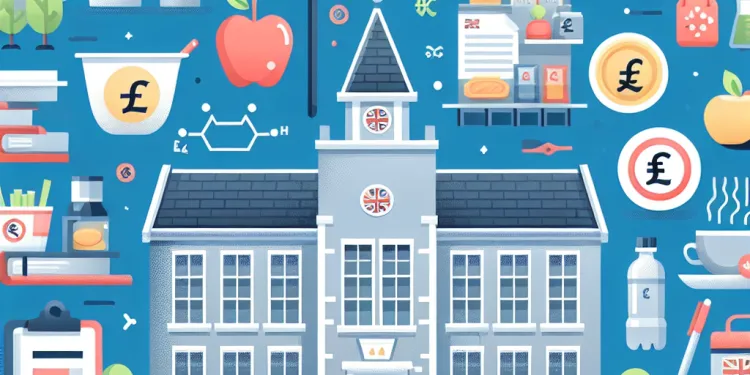
How are food allergies managed in UK schools?
Relevance: 15%
-

How can nut allergies be managed?
Relevance: 15%
-

How to manage type 2 diabetes
Relevance: 14%
-

Long COVID - Managing Breathlessness
Relevance: 13%
-

How do live-in caregivers manage their personal time?
Relevance: 13%
-
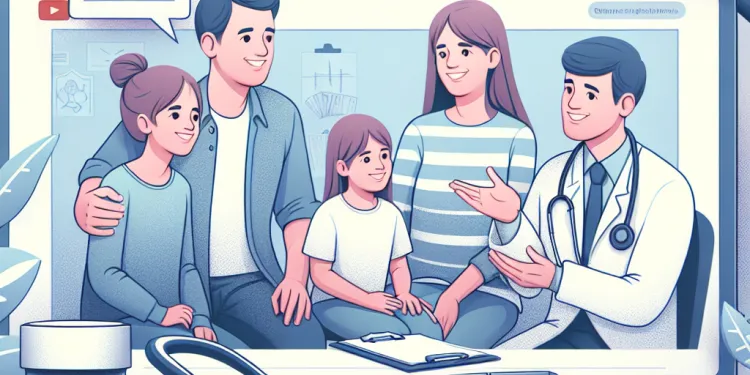
Managing Chronic Illness Within the Family
Relevance: 13%
Concussion Management Protocols in Rugby
Understanding Concussions in Rugby
Concussions are a significant concern in rugby due to the physical and high-impact nature of the sport. In the UK, governing bodies like the Rugby Football Union (RFU) have established comprehensive protocols to manage and mitigate the risks associated with concussions. Recognizing the symptoms early and implementing appropriate care are crucial for ensuring the health and safety of players.Recognizing Concussion Symptoms
Concussion symptoms can vary widely and may include headache, dizziness, confusion, memory loss, balance disruption, and in some cases, loss of consciousness. It is imperative that players, coaches, and medical staff are trained to identify these symptoms promptly. Immediate removal from play is essential if a concussion is suspected, as continuing to play can exacerbate the injury.The Graduated Return to Play Protocol
The RFU has implemented a Graduated Return to Play (GRTP) protocol, which outlines a structured step-by-step approach for players recovering from a concussion. This process involves several stages, each progressively intensifying in physical activity levels, and requires medical clearance to advance. The GRTP ensures players do not return to competitive play until they are fully recovered, prioritizing their long-term health.Mandatory Concussion Education
Part of enhancing player safety involves mandatory concussion education for all involved in the sport—players, coaches, and support staff alike. Understanding the seriousness of head injuries and recognizing the symptoms ensure all parties are adequately prepared to handle potential concussions efficiently and effectively.Use of Concussion Assessment Tools
The use of standardized assessment tools, such as the Head Injury Assessment (HIA), assists medical professionals in evaluating players who may have sustained a concussion. These tools help determine the severity of the injury and the necessary steps for management, and they play a crucial role in the decision-making process regarding a player's return to play.Conclusion: Promoting Safety in Rugby
While rugby remains a physically demanding sport with inherent risks, the established concussion management protocols demonstrate a commitment to player safety. Continued research and adaptation of these protocols will ensure rugby can remain an enjoyable and safe sport for all players in the UK.Concussion Rules in Rugby
What is a Concussion in Rugby?
A concussion is a type of head injury. It happens a lot in rugby because rugby is a rough sport. In the UK, rugby clubs have special rules to keep players safe from concussions. Knowing what a concussion is and getting help quickly is very important.Signs of a Concussion
If someone has a concussion, they might have a headache or feel dizzy. They might feel mixed up or forget things. They can also have trouble keeping their balance. Sometimes, they might even pass out. Players, coaches, and doctors all need to know these signs. If someone might have a concussion, they should stop playing right away. Playing with a concussion can make things worse.Getting Back to Playing Safely
After a concussion, players need time to get better. There is a special plan for this called the Graduated Return to Play (GRTP). This plan helps players slowly start exercising again. They have to get the okay from a doctor before they can play in games. This plan is important to make sure players are completely better before returning to rugby.Learning About Concussions
Everyone involved in rugby—players, coaches, and helpers—needs to learn about concussions. Knowing how serious head injuries can be and how to spot them helps everyone keep players safe.Tools to Check for Concussions
Doctors use special tools to see if a player has a concussion. One of these tools is called the Head Injury Assessment (HIA). These tools help doctors figure out how bad the injury is and what to do next. They also help decide when a player can play again.Making Rugby Safer
Rugby is a tough sport, and injuries can happen. But with these special rules for concussions, rugby is safer. The rules show that looking after players’ health is important. By learning more and updating these rules, rugby can stay a fun and safe game for all in the UK.Frequently Asked Questions
What is a concussion in rugby?
A concussion is a brain injury caused by a blow to the head or body, causing the brain to move rapidly inside the skull. It is a common injury in rugby due to the physical nature of the sport.
What are the common signs and symptoms of a concussion in rugby players?
Common signs include headache, dizziness, confusion, memory loss, nausea, balance problems, and sensitivity to light or noise. Symptoms can vary between individuals.
Is there a specific protocol for managing concussions in rugby?
Yes, the Rugby Football Union (RFU) has a specific Graduated Return to Play (GRTP) protocol that must be followed after a player sustains a concussion.
What is the Graduated Return to Play (GRTP) protocol?
The GRTP protocol is a step-by-step process that players must follow after a concussion. It includes phases such as rest, light aerobic exercise, and gradual return to full-contact practice, before returning to play.
How long should a player rest before beginning the GRTP protocol?
Players should have at least 24 hours of complete physical and cognitive rest before starting the GRTP protocol.
Are medical professionals involved in managing concussions in rugby?
Yes, medical professionals are crucial in assessing the severity of the concussion, monitoring recovery, and guiding players through the GRTP protocol.
Can a player return to play immediately after a concussion?
No, players must not return to play on the same day as the injury and should follow the GRTP protocol under medical supervision.
What should coaches and teammates do if they suspect a player has a concussion?
They should immediately remove the player from play and ensure the player is assessed by a medical professional.
How long does the GRTP protocol usually take?
The GRTP protocol can vary in duration but generally takes at least six days to complete if symptoms resolve quickly. Each stage should be a minimum of 24 hours.
Is there a protocol for youth rugby players with concussions?
Yes, the RFU's GRTP protocol applies to all players, including youths, but extra precaution and longer recovery periods are advised for younger players.
What are the potential long-term effects of a concussion?
If not properly managed, concussions can lead to long-term effects such as chronic headaches, cognitive difficulties, and increased risk of future concussions.
Can players wear protective gear to prevent concussions?
While headgear might provide some protection against cuts and abrasions, it does not significantly reduce the risk of concussion. Proper tackling techniques and awareness are more effective.
Are there educational resources available for clubs regarding concussion management?
Yes, the RFU provides resources and education modules for players, coaches, and medical staff to improve concussion awareness and management.
What steps are involved in the GRTP protocol?
The GRTP steps are: symptom-limited activity, light aerobic exercise, sport-specific exercise, non-contact training drills, full-contact practice, and return to play.
What should be done if concussion symptoms return during the GRTP protocol?
If symptoms return, the player should stop the activity, rest, and seek reassessment by a medical professional. They should not progress to the next stage until symptom-free.
What is a concussion in rugby?
A concussion is like a bruise for your brain. It happens when you hit your head hard. In rugby, players might bump their heads when they fall or hit each other.
If someone gets a concussion, they might feel dizzy, have a headache, or feel sick. It's very important to tell someone if you feel this way after a hit.
Using a helmet or headgear can help protect your head. Always listen to coaches and grown-ups to stay safe.
A concussion is a hurt to the brain. This happens when you get hit on the head or body. The hit makes the brain move quickly inside the head.
Concussions happen a lot in rugby. This is because rugby is a rough sport.
What are the signs of a concussion in rugby players?
Here are signs that a rugby player might have a concussion:
- Headache
- Dizziness
- Feeling sick or throwing up
- Confused or forgetful
- Trouble seeing
- Feeling very tired
- Hard time thinking or concentrating
- Fuzzy or blurry vision
If you think someone has a concussion, get help from a coach or doctor.
Tools like picture cards or videos can help understand these signs better.
Some common signs are:
- Headache: This means your head hurts.
- Dizziness: This makes you feel like you are spinning.
- Confusion: This is when you feel mixed up.
- Memory loss: This means you forget things.
- Nausea: This is when you feel like you might be sick.
- Balance problems: This is when it is hard to stand or walk without falling.
- Sensitivity to light or noise: This means bright lights and loud sounds bother you.
Not everyone will have the same signs. People can feel different.
To help, you can:
- Rest in a quiet, dark room.
- Use a cool cloth on your head.
- Drink plenty of water.
- Ask a grown-up for help.
Are there rules for looking after someone with a concussion in rugby?
Yes, the Rugby Football Union (RFU) has rules about when a player can play again after hurting their head.
What is the Gradual Return to Play Plan?
This plan helps athletes return to sports safely after an injury.
It has steps to make sure the athlete is ready to play again.
The plan takes time and needs to be slow and careful.
Helpful tools:
- Ask a coach or doctor for help.
- Use picture charts to follow the steps.
- Write down each step as you finish it.
The GRTP protocol is a step-by-step plan for players who have had a concussion. First, players rest. Then, they do light exercise, like walking. After that, they slowly start practice again with their team before they can play in a game.
If you need help, ask someone to explain the steps to you. You can also use pictures or charts to remember each step better.
How long should a player rest before starting the GRTP steps?
First, let the player rest until they feel good again. They should not have any more pain or feel unwell.
When they feel better, they can begin the GRTP steps.
If you need help reading this, you can ask someone to read it with you.
Players need to rest their bodies and brains for one whole day before they start playing again.
Do doctors and nurses help with concussions in rugby?
Yes, doctors help check how bad the concussion is. They watch how the player gets better and help the player go back to playing safely.
Can a player play again right after a bang on the head?
No, players should not go back to play on the same day they get hurt. They need to follow special steps to get better with a doctor or nurse helping them.
What to do if you think a player has hurt their head?
If you are a coach or a teammate and think someone hurt their head, here’s what to do:
- Tell an adult you trust, like a coach or a parent.
- The player should stop playing right away.
- Help the player sit down and rest.
- Get them to a doctor as soon as you can.
- Don’t let them play again until a doctor says it’s okay.
It’s important to act quickly if someone might be hurt.
They should quickly stop the player from playing. A doctor should check the player to see if they are okay.
How long does GRTP usually take?
The GRTP protocol is a set of steps. These steps help people get back to doing things after resting or being hurt.
GRTP usually takes 5 to 7 days. This means it takes about one week.
It is important to listen to your body. If you feel pain, tell an adult or doctor.
If you have trouble reading, try using pictures or ask someone to read with you.
The GRTP process can take different amounts of time, but usually it takes at least six days if you feel better quickly. Each step should last at least one day.
Are there rules to follow if a young rugby player gets a concussion?
When a young rugby player hits their head, they need to follow some rules to get better.
If you think a player has a concussion, tell an adult like a coach or parent right away.
Rest is important. The player should stop playing rugby until a doctor says it's okay.
The player might need to:
- Take a break from school or other activities
- See a doctor for help and advice
- Sleep and drink lots of water to feel better
Tools to help: An adult can use a checklist to watch for signs of concussion.
Remember, it's important to take care of your head!
Yes, the RFU's GRTP rules are for all players. This means kids too. But, kids need to be extra careful and take more time to get better.
What happens if you bump your head hard?
If you hit your head really hard, you might get something called a concussion. This can make you feel dizzy or give you a headache. It's important to tell an adult or a doctor if this happens.
If you keep getting hurt like this again and again, it might cause problems later. This can make it hard to remember things or make you feel sad. It's important to rest and be careful when playing sports or doing activities.
Using a picture chart or talking to a helper might be useful to understand better. Always wear a helmet if you ride a bike or play sports to keep safe!
If you don't take care of concussions, they can cause problems that last a long time. You might get headaches that do not go away, have trouble thinking clearly, and have a higher chance of getting more concussions later on.
Can players wear safety gear to stop head injuries?
Yes, players can wear special safety gear to help protect their heads. These items can help stop head injuries, like concussions, during sports or games.
Here are some things that can help:
- Helmets: A strong hat that keeps the head safe.
- Mouthguards: A soft piece you put in your mouth to protect teeth and jaw.
- Padded clothing: Clothes with cushiony parts to protect the body.
It is important to ask an adult for help when choosing the right safety gear.
Wearing headgear can help stop cuts and scrapes. But it does not do much to stop concussions. It is better to learn how to tackle properly and be aware when playing sports.
Here are some tips to help:
- Practice safe ways to tackle in sports.
- Be aware of what is happening around you.
- Use apps or videos online to learn good techniques.
- Ask a coach or a teacher for help.
Can clubs get help to learn about concussions?
Clubs can find information and help to understand concussions. Concussions are when you hurt your head. It can make you feel dizzy or sick.
Here is how clubs can learn more:
- Look for guides or books that are easy to read.
- Watch videos that explain concussions.
- Talk to a teacher or a doctor for advice.
These tools can help clubs keep everyone safe and healthy.
The RFU helps players, coaches, and medical staff learn about concussions. They give them tools and lessons to understand and manage concussions better.
What is the GRTP Protocol?
Here are the steps in the GRTP protocol:
- Step 1: Rest and recover after injury. This helps your body start to heal.
- Step 2: Do light exercises. This is to see if you are feeling better.
- Step 3: Try exercises that make your heart beat faster, like running.
- Step 4: Do harder exercises. Make sure you can handle them.
- Step 5: Practice your sports skills slowly. Check if you are okay.
- Step 6: Go back to normal sport practice.
- Step 7: Play sports normally again.
Remember to take your time and be careful. It helps to have someone support you, like a coach or a therapist.
The GRTP steps help you get back to playing sports safely. Here are the steps:
1. **Do things that don’t hurt.** Only do activities that don't make your symptoms worse.
2. **Easy exercise.** Do light exercise like walking or cycling slowly.
3. **Sport exercises.** Practice exercises for your sport, but don’t play with others yet.
4. **Practice without contact.** Do training where you don’t bump into others.
5. **Full practice.** Join in full practice with others.
6. **Play!** Now you can return to play your sport like normal.
Using pictures or videos can help you remember the steps better!
What to do if concussion signs come back during the GRTP steps?
If the signs of a concussion come back, stop the GRTP steps right away. GRTP means "going back to play." You should see a doctor for advice. Rest and try again later.
Some helpful tools:
- Ask a family member or friend to help you.
- Use pictures or videos to understand better.
- Write down how you feel to share with the doctor.
If the player feels bad again, they need to stop what they are doing. They should rest and see a doctor. They shouldn't move to the next step until they feel better.
Useful Links
- Ergsy carfully checks the information in the videos we provide here.
- Videos shown by Youtube after a video has completed, have NOT been reviewed by ERGSY.
- To view, click the arrow in centre of video.
- Most of the videos you find here will have subtitles and/or closed captions available.
- You may need to turn these on, and choose your preferred language.
- Go to the video you'd like to watch.
- If closed captions (CC) are available, settings will be visible on the bottom right of the video player.
- To turn on Captions, click settings .
- To turn off Captions, click settings again.
More Items From Ergsy search
-

Is there a protocol for managing concussions in rugby?
Relevance: 100%
-

Are Concussions common in Rugby?
Relevance: 74%
-

Is there a difference in concussion rates between amateur and professional rugby?
Relevance: 66%
-

What causes concussions in rugby?
Relevance: 65%
-

How can concussions be prevented in rugby?
Relevance: 64%
-

Are helmets required in rugby to prevent concussions?
Relevance: 64%
-

What support is available for rugby players who suffer concussions?
Relevance: 62%
-

How do concussions impact long-term health in rugby players?
Relevance: 60%
-

What age groups are most at risk for concussions in rugby?
Relevance: 56%
-

What role do schools play in managing concussions?
Relevance: 51%
-

Is there any way to prevent concussions?
Relevance: 45%
-

What is Concussion?
Relevance: 42%
-

How can concussions be prevented?
Relevance: 40%
-

Are children more susceptible to concussions than adults?
Relevance: 39%
-

Can playing sports increase the risk of a concussion?
Relevance: 39%
-

How can concussions be prevented?
Relevance: 38%
-

Is training available for coaches to help prevent concussions?
Relevance: 38%
-

Can players return to play on the same day after a suspected concussion?
Relevance: 34%
-

How is a concussion diagnosed?
Relevance: 33%
-

Is headache a symptom of a concussion?
Relevance: 30%
-

How is a concussion diagnosed?
Relevance: 30%
-

When is it safe to return to normal activities after a concussion?
Relevance: 30%
-

Are there protocols for handling hypothetical variants?
Relevance: 29%
-

Is it safe to sleep after a concussion?
Relevance: 28%
-

What are common symptoms of a concussion?
Relevance: 28%
-

Is it safe to sleep after a concussion?
Relevance: 28%
-

When is it safe to return to normal activities after a concussion?
Relevance: 28%
-

Can a concussion cause memory problems?
Relevance: 28%
-

Can concussions lead to mental health issues?
Relevance: 27%
-

Can concussions occur without a direct blow to the head?
Relevance: 26%
-

Should people with a concussion avoid screens and technology?
Relevance: 26%
-

What immediate steps should be taken if someone has a concussion?
Relevance: 25%
-

Prolapse Management
Relevance: 15%
-

How does a breached company manage the situation?
Relevance: 15%
-

How are food allergies managed in UK schools?
Relevance: 15%
-

How can nut allergies be managed?
Relevance: 15%
-

How to manage type 2 diabetes
Relevance: 14%
-

Long COVID - Managing Breathlessness
Relevance: 13%
-

How do live-in caregivers manage their personal time?
Relevance: 13%
-

Managing Chronic Illness Within the Family
Relevance: 13%


